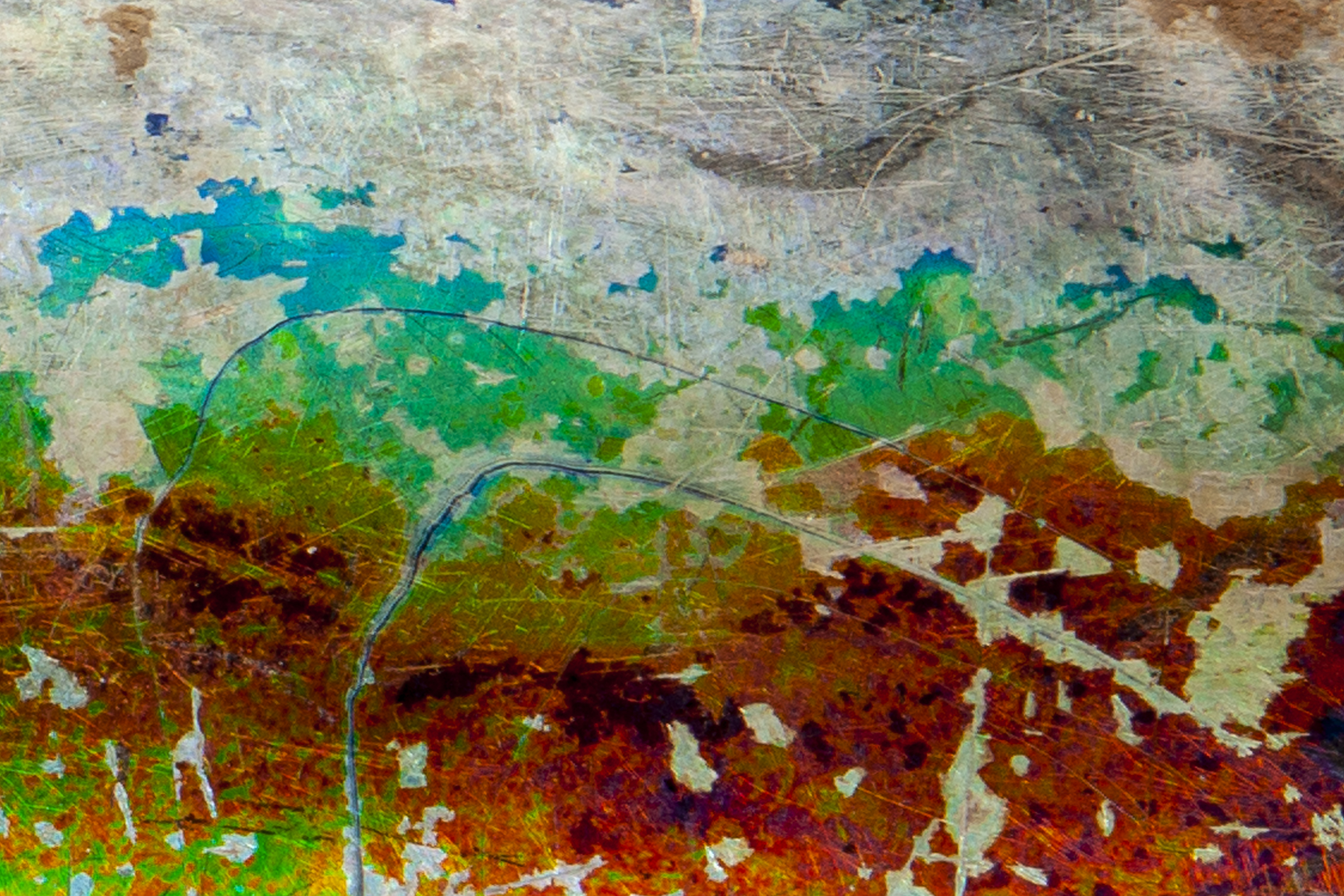Past Deposits from a Future Yet to Come

Past Deposits from a Future Yet to Come
Teresa Hubbard / Alexander Birchler
Buttons, plates, marbles, bottles, coins, bullets, keys and other historic artifacts are suspended in a rhythmic free fall, a choreographed parade, in Past Deposits from a Future Yet to Come (2024), a new public video art installation by internationally renowned artists, Teresa Hubbard / Alexander Birchler. Past Deposits is commissioned by Waterloo Greenway for Moody Amphitheater at Waterloo Park, demonstrating the Park’s commitment to showcasing contemporary public art as a starting point for vital community-shaping conversations and collaborations. Teresa Hubbard (b. 1965, Ireland) and Alexander Birchler (b. 1962, Switzerland) have worked collaboratively since 1990, and they are among the most important contemporary artists working with film and new media. Their work focuses on the ways in which histories, social life, and memories intersect. Hubbard and Birchler are based in Austin and are Professors in the Department of Art and Art History, College of Fine Arts at the University of Texas at Austin.
While researching the history of Waterloo Park and Waller Creek, Hubbard / Birchler discovered that almost two decades ago, artifacts had been unearthed from the site and placed in deep storage at the Texas Archeological Research Laboratory. Although the banks of Waller Creek have likely been visited by humans for thousands of years, due to ferocious and unpredictable flooding in the area, artifacts prior to the mid 19th century have all been washed away. What remains are hundreds of artifacts from the mid-19th to the mid-20th century. Hubbard / Birchler spent a year studying each artifact, which will be unveiled to the public for the first time through their artwork. The artists have rendered the small, everyday artifacts found during the multiple digs along Waller Creek into incredibly detailed, monumentally scaled image projections. The colossal-sized objects orbit one another – with synchronous and asynchronous movements – some spin wildly and without inhibition against a dark void. Past Deposits will fill the entire 16 ft x 120-foot wall of the Moody Amphitheater, and will be presented nightly until park closure.
In considering a soundtrack for Past Deposits, Hubbard / Birchler have chosen a hybrid approach of embracing the existing sounds in Waterloo Park and commissioning the creation of a musical score for instruments and voice. The score for Past Deposits is created by composer Alex Weston, with whom the Artists have previously collaborated. The musical score is synchronized to the video installation and can be listened to over any personal mobile device in the park on the evenings when the work is presented. On the opening night, the score is performed live with a musical ensemble.
Past Deposits reminds us of the people who resided, worked, and lived out their lives in and around Waller Creek from the mid-19th century to the mid-20th century. The work evokes contemplation of the complexities of a much longer, deep history of all of the lives lived along the banks of the creek. Past Deposits revivifies these histories by representing a vast array of artifacts, each touched by human hands, that were buried under layers of earth during the numerous floods that swept through the lower Waller Creek area time and time again. Taking the repetition of these natural occurrences as a point of departure, the artifacts featured in Past Deposits are caught in a continuous flow, adrift in a current or stream, ever moving. Hubbard / Birchler’s artwork offers a poetic, visual meditation on the notion of time itself, questioning whether time is linear or a continuum, whereby past, present, and future intermingle. The passing of time, the trace and fate of the things that mark our everyday existence – the buttons that fasten our clothes, the toys children play with, the jewelry we hold dear, the keys to lock our doors – are indeed central to the work.
Facilitating critical contemplation around our shared pasts and possible futures, Past Deposits also foregrounds the ways in which we know and understand our world. The artists relied upon very basic principles of organization – subject matter, material composition, and function – resisting systems of hierarchy to choreograph the parade of artifacts. These traces of everyday life, which may be seen as simple discards by some, are given new value, becoming ciphers for a past that is present all around us.
Past Deposits from a Future Yet to Come will debut to the public on March 2, 2024.